Looking for ways to fix ‘SiHost.exe hard error’ on Windows 10?
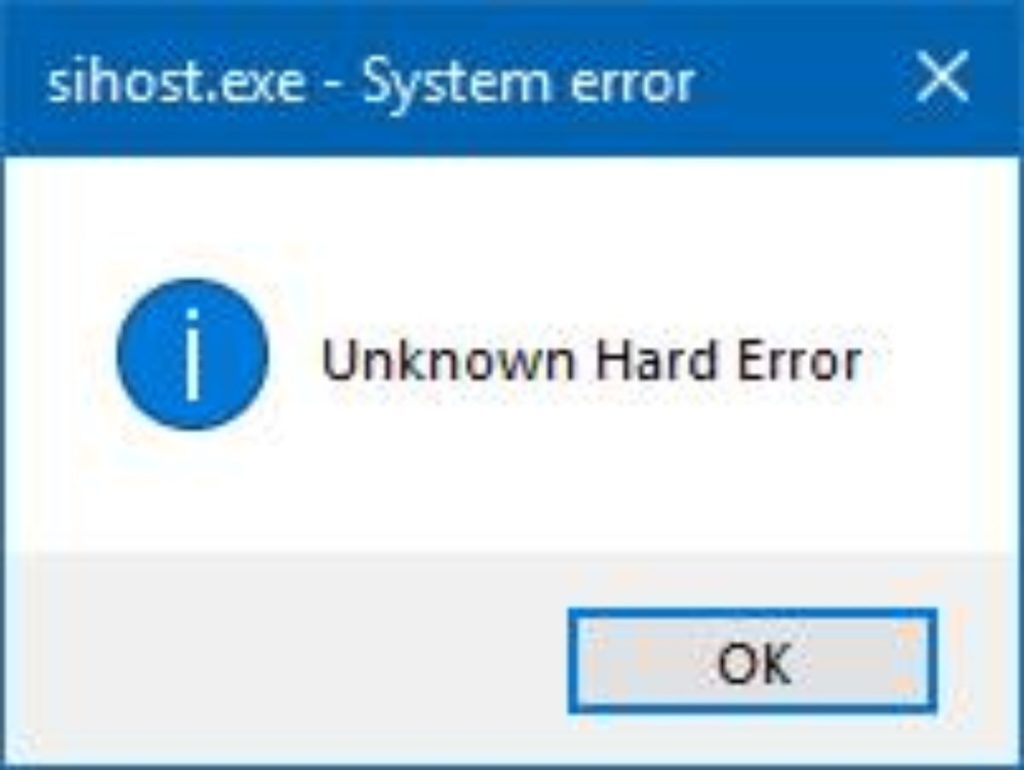
The Sihost.exe file is a critical software component of Windows provided by Microsoft. This Microsoft Windows system process is called ‘Shell Infrastructure Host’ and is responsible for handling graphical elements of Windows, including the Start menu and taskbar transparency.
Recently, several users reported that their screens are displaying the SiHost.exe hard error on Windows 10. This error also occurred upon their attempt to install and access a program.
If you’re reading this right now, it is safe to assume that you are a victim of this error too, but you don’t have to worry anymore; you’re in the right place.
We have compiled a few easy yet practical solutions that will help you resolve the issue in no time. Moreover, all the solutions are easy to follow, which is why even if this is your first time dealing with such Windows errors, you will do just fine.
Let’s get started.
1. Install Pending Updates.
If you haven’t installed the latest Windows updates on your PC recently, then now might be a good time to do so because outdated programs and operating systems can cause errors like the one at hand frequently.
The easiest way to resolve this issue is to install every pending update on your PC. Doing so will provide you access to the latest features and resolve corruption errors since the latest updates are packed with bug fixes.
Here is what you need to do:
- Press Windows + R keys simultaneously to open a Run dialogue box.
- Type ‘ms-settings:windowsupdate’ in the dialogue box and hit Enter.
- Inside the Windows Update tab, click on Check for Updates and install the pending updates.
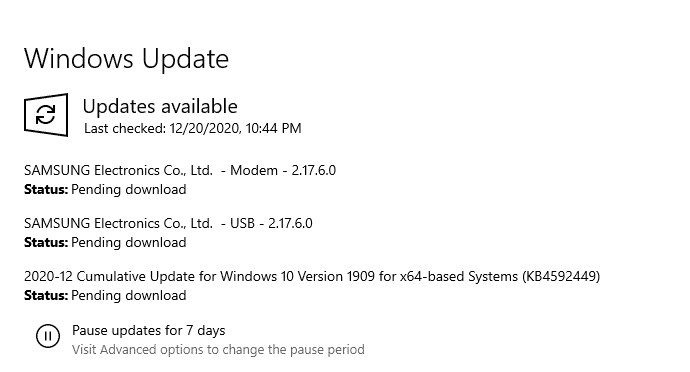
- Once the installation is successful, restart the PC.
If a bug or corruption error in your operating system was causing the issue, installing the latest updates will fix it.
2. Perform a Clean Boot.
Another easy way of identifying and eliminating software conflicts is by performing a clean boot.
In a clean boot state, Windows is launched using a minimal set of drivers that include the ones that are essential for Windows to function. This allows the users to identify the background programs causing issues within the PC.
Once the culprit is identified, you can simply remove it from your system to fix the issues.
Here is what you need to do:
- First, you need to restart your PC in a Clean Boot State. For this, you need to type msconfig in the search bar to open the System Configuration utility.
- Go to the General tab and select the Selective Startup option.
- Now uncheck the ‘Load Startup items’ option.
- Checkmark the ‘Load System Services’ and the ‘Use Original boot configuration’ as well.
- Next, go to the Services tab and checkmark the ‘Hide All Microsoft Services’ check box.
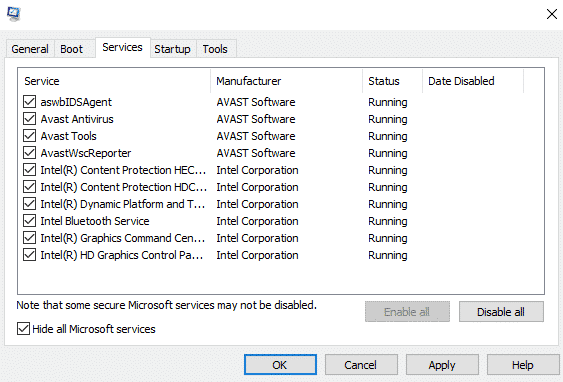
- Click on Disable all and select Apply to confirm the changes.
- You can now restart your PC and identify problematic programs.
If a background process was causing the issue, performing a clean boot will help you identify it. Once you eliminate the faulty program, the SiHost.exe hard error on Windows 10 will automatically be resolved.
3. Perform SFC and DISM Scan.
It is common for Windows users to face issues while executing operations now and then. Luckily, Windows itself comes with several troubleshooting utilities that can scan for problems and resolve them with little to no user input.
These handy tools include Windows Troubleshooter, Deployment Image Servicing and Management Tool (DISM), and System File Checker (SFC). In this method, we would be using DISM and SFC tools to run scans through the operating system. If these tools find any corruption errors, they will attempt to resolve them automatically, which would fix the SiHost.exe hard error on Windows 10 in return.
Here is what you need to do:
- Type cmd in the search bar and click on Run as administrator to launch elevated Command Prompt.
- Inside the Command Prompt window, type the command mentioned below and hit Enter to execute it.
sfc /scannow
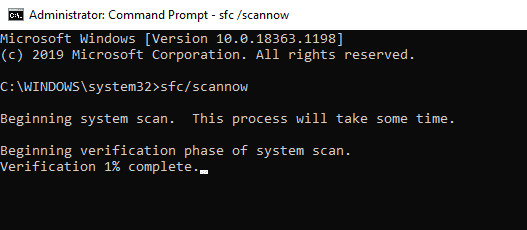
- Wait for the process to complete. Once done, restart your PC and open Command Prompt again following Step 1.
- Now copy the command mentioned below and paste it in the Command Prompt window. Hit Enter to execute it.
DISM /Online /Cleanup-Image /RestoreHealth
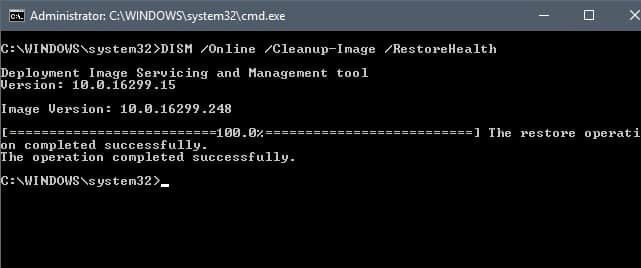
- Finally, restart your PC and check if doing so resolved the issue.
Hopefully, following the process mentioned above will resolve the issue at hand on your PC.
4. Try Using CleanMyPC.
When was the last time you deep cleaned your PC and eliminated all the junk files? If you do not remember doing so recently, then now might be a good time because the ‘supposedly’ harmless junk files have the potential to wreak havoc in your system.
Junk files are temporary files such as residual files and cache that significantly decrease your PC’s reliability. Some of these files can also be virus-infected, leading to errors such as the ‘SiHost.exe hard error’.
The easiest yet most effective way to eliminate these files and other viruses is by using an efficient PC cleaner that can handle all your PC-related problems. For this purpose, we would highly suggest using CleanMyPC as it is a one-stop-shop for everything you need to maintain your system’s performance.

The ultimate advantage of using CleanMyPC is increased speed, improved functionality, and a safe working environment. Moreover, it is relatively simpler to use, which means that you will do just fine even if this is your first time using a PC cleaner.
Install CleanMyPC now and get all these perks!
5. Restore Windows to a Previous Working State.
This might come as a surprise for you, but it is possible to undo the changes you make in Windows, such as installing an update. Windows automatically creates restore snapshots of the system before performing critical operations so that if something goes wrong, you have the option to revert it to a previous working state.
The restore feature of Windows proves to be very helpful in situations where a corrupt installation or update causes errors within the operating system. In this situation, users can simply revert Windows to a previous error-free state and resolve the issue.
If your screen starts displaying the SiHost.exe hard error on Windows 10 after installing a new driver or updating an existing one, we recommend restoring Windows to an earlier state.
Here is how you can restore Windows 10 to eliminate the issue:
- Boot your system using the installation media.
- Click on Repair Your Computer and then select Troubleshoot.
- Now select Advanced Options and click on System Restore or Go back to a previous build.
- Add your operating system to the next screen to open System Restore Wizard.
- Follow the instructions available on-screen and click Next to restore your Windows to a previous working state.
- After the process is finished, restart your PC.
Doing so will eliminate the SiHost.exe hard error on Windows 10. You should now be able to use your PC without any issues.
This brings us to the end of our guide on fixing the SiHost.exe hard error on Windows 10. We tried walking you through all the steps in detail and hope that one of the methods helped you fix the issue once and for all. If you have any questions regarding the troubleshooting steps, please let us know in the comment section below!
If this guide helped you, please share it. 🙂





